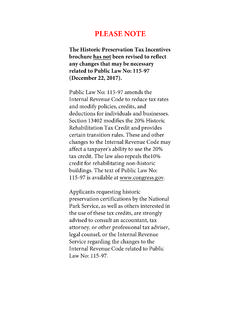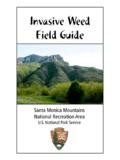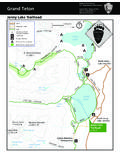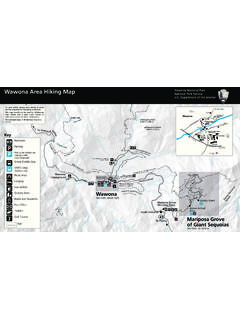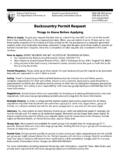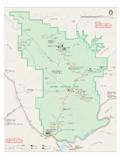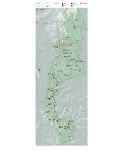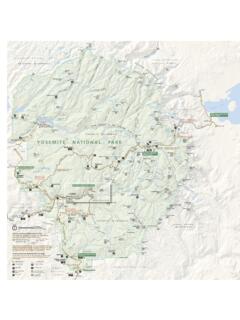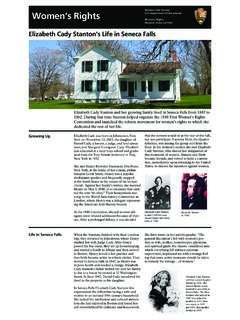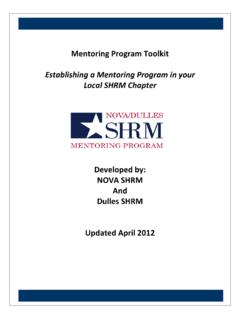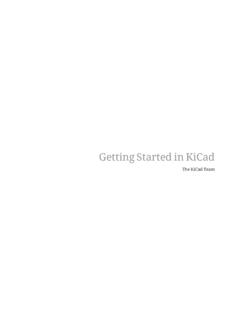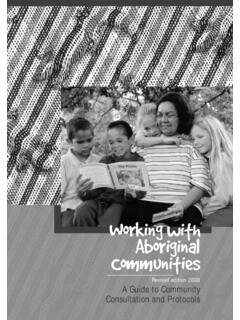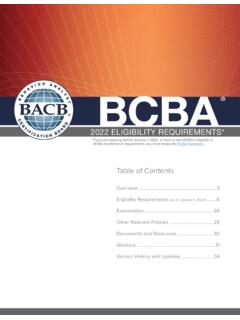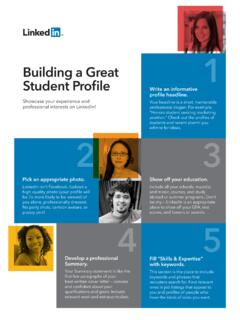Transcription of Learning to Make Choices for the Future - nps.gov
1 Connecting Public Lands, Schools, and communities through Place-based Learning and Civic EngagementLearning to Make Choices for the Futureprepared by: The Center for Place-based Learning and Community Engagement A Forest For Every ClassroomLearning to Make Choices for the FutureConnecting Public Lands, Schools, and communities through Place-based Learning and Civic EngagementDelia ClarkThis manual was prepared by:The Center for Place-based Learning and Community EngagementA Partnership Program of the National Park Service Conservation Study Institute, Marsh-Billings-Rockefeller National Historical Park, and Shelburne Farms National Historic LandmarkA Forest For Every ClassroomA Project of Shelburne Farms, NPS Conservation Study Institute, Marsh-Billings-Rockefeller National Historical Park, Green Mountain National Forest, and the Northeast Office of the National Wildlife FederationPublication date.
2 December 2008ii This manual was originally conceived through the work of the Forest for Every Classroom and has evolved under the guidance of its founding partners. Particular thanks go to Megan Camp and Pat Straughan of Shelburne Farms; Nora Mitchell of the NPS Conservation Study Institute; Rolf Diamant, Tim Maguire and Christina Marts of Marsh-Billings-Rockefeller National Historical Park; Kathleen Diehl of the Green Mountain National Forest; and Liz Soper of the Northeast Office of the National Wildlife Federation.
3 This manual was supported by funding from the National Park Service Challenge Cost Share program. We also gratefully acknowledge the financial support of the following in the development of a Forest for Every Classroom:The Ittleson FoundationJL Henderson FoundationSudbury FoundationNew Hampshire Charitable Foundation Wellborn Ecology FundThe National Park Service Parks as Classrooms ProgramUSDA Forest ServiceUSDA Forest Service, Green Mountain National ForestMarsh-Billings-Rockefeller National Historical ParkNPS Conservation Study InstituteShelburne FarmsWe gratefully acknowledge the following for their contributions of key concepts and written excerpts.
4 Jack Chin, Susan Clark, Amy Demarest, Michael Duffin, John Elder, Virginia Farley, Sharon Plumb, Amy Powers, Greg Smith, David Sobel, Liz Soper, Kim Stokely, Pat Straughan, Tim Traver, and Jackie Tuxill. We also thank Antioch New England Institute and Vital communities for permission to include portions of pp 45-50 of Questing: A Guide to Creating Community Treasure :Jen Cirillo, Amy Demarest, Kathleen Diehl, Matt Dubel, Bennett Konesni, Cyrie Lange,Christina Marts, and Patti Reilly In addition, this manuscript has been greatly improved by valuable advice and insights from participants in each session of the Forest for Every Classroom and the Place-based Learning and Civic Engagement courses course offered 2002-2008, and the partners who are developing FFEC programs in New Hampshire, Texas, Montana, along the shores of Lake Champlain (as A Watershed for Every Classroom)
5 , and along the Appalachian Trail (as A Trail to Every Classroom).Project Coordinator: Delia ClarkProject Advisors: Megan Camp, Christina Marts, Nora MitchellEditing: Susan Clark, Matt Dubel, Christina Marts, Tim Traver Layout and Design: Brian P. Graphic Arts, : Bo Hoppin, National Park Service, Shelburne Farms, USDA Forest ServiceAc k n o w l e d g e m e n t s iiiThe Center for Place-based Learning and Community EngagementA unique public private partnership that works to advance the state of the art in place-based Learning and community engagement by facilitating collaborative efforts in research, program design, technical assistance, resource development, and dissemination.
6 Founding partners include: The National Park Service Conservation Study Institute, based at Marsh-Billings-Rockefeller National Historical Park, works with national parks and partners to advance leadership and innovation, and in collaborative conservation for the stewardship of our national system of parks and special places. The Institute provides technical assistance to parks, heritage areas, and regional programs by conducting demonstration projects, distilling and sharing lessons learned, and building networks for information exchange.
7 Marsh-Billings-Rockefeller National Historical Park is devoted to the history of the conservation and the evolving nature of land stewardship in America. Located in Woodstock, Vermont, this 550 acre woodland focuses on demonstrating sustainable land stewardship, stewardship education and building conservation leadership skills. Shelburne Farms is a membership-supported, nonprofit environmental education center, 1,400-acre working farm, and National Historic Landmark on the shores of Lake Champlain in Shelburne, Vermont. Its mission is to cultivate a conservation ethic by teaching and demonstrating the stewardship of natural and agricultural resources.
8 Forest For Every Classroom: Learning to Make Choices for the FutureA Forest for Every Classroom (FFEC) is a professional development program for educators focused on place-based Learning and service Learning . Teachers participating in FFEC develop curricula that foster student understanding of and appreciation for the public lands in their communities . The teacher-developed curricula integrate hands-on natural and cultural explorations that address concepts in ecology, sense of place, stewardship, and civics. FFEC is a partnership program of: Marsh-Billings-Rockefeller National Historical Park Shelburne Farms National Park Service Conservation Study Institute The Green Mountain National Forest, the largest contiguous green space in Vermont, offering 400,000+ acres of forested landscape as an outdoor classroom, and a staff committed to educating teachers about forestry, ecology, invasive species, watersheds, and the role of forests in watersheds.
9 There are also 900 miles of trails for field trips. Northeast Natural Resource Center of the National Wildlife Federation, which represents NWF at the local level and conducts research, education and advocacy on a variety of conservation issues of regional o u t ou r PAr t n e r siv Acknowledgements About Our Partners WelcomeIntended Audience..1 1. The Foundations of Place-based Learning The Roots..3 Reconnecting Youth to Local Nature and Culture ..4 Place-based Learning and Civic Engagement: Working Definitions.
10 5 Related Approaches Defined..6 PBL and CE Theory of Change ..7 Goals of PBL ..8 Benefits ..8 Promising Practices ..11 Frequently Asked Questions ..122. Civic Engagement and Place-based Learning Civic Engagement Skills Development ..15 Multi-Stakeholder Engagement in Program Planning ..16 Strategies for Civic Engagement ..16 Community Visioning: The PLACE project ..173. getting started : Launching a Place-based Learning and Civic Engagement Program in Your Community Organizational Goals for Place-based Learning and Civic Engagement.
